At Peli, we pride ourselves on being partners with some of the world’s greatest explorers. We partner with explorers of the seas, mountains, and forests! Our cases have even been to space! However, one of the final frontiers on Earth are caves. Caving, as the name suggests, refers to the exploration of caves. Peli is an ideal partner for cavers, which is why we decided that we’d put together a quick guide on caving, what it is, what the various types are and how we can help those that practice the sport with our gear.
What is caving and how does it differ from spelunking and potholing?
As we already explained briefly, caving involves the exploration of caves. However, there are differing types, and terms for each, that do mean slightly different things. Generally speaking, all of them, whether its caving, spelunking or potholing, are recreational pastime activities, or hobbies, if you will. However, the difference largely has to do with the motive for each. For those that do it simply for the adrenaline rush, it can be considered spelunking. Whereas, for those that enjoy exploring caves from a conservation or biological standpoint, that can be considered caving. However, this differs from the scientific study of caves, which is called speleology.
Having established the above, when it comes to caving as a hobby, there is some leeway in terms of the use of each term. They can sometimes be used interchangeably, or the use of each term may even be determined by locality.
Spelunking and potholing are considered largely the same activity; however, spelunking is the term more often used in the North America, while potholing is the term used in the United Kingdom.
Having said that, spelunking and potholing do imply slightly different types of cave exploration. The United Kingdom is filled with long vertical caves. Potholing, as one might imagine by the name, involves exploring vertical caves, while spelunking largely involves the exploration of horizontal caves and caverns.
Is caving dangerous?
On the whole, caving is not a dangerous sport or hobby to undertake, especially if you take the right precautions. The biggest dangers with caving involve flooding. It is possible that a cave floods for up to a few days while you are in the cave, and thus it is recommended that you bring extra supplies, such as food and water, that can last a few days to make sure you survive the flood.
Other rare but possible dangers include injuring yourself, getting lost, hypothermia and physical exhaustion. It is always recommended to go with a team of people and if you are a novice, to make sure you go with an expert guide.
But, don’t let the potential dangers get you down. Of course, as with any physical activity there are dangers. The most important thing is realising your limitations and planning accordingly. Make sure to research thoroughly, have the right team with you, and general awareness should result in a good time had by all.
Caving equipment checklist
Although this won’t be an exhaustive list of the caving gear, we’ll provide you here with a decent starting point as to a list of things you should try to bring with you on your next caving adventure.
- Appropriate Clothing
Appropriate clothing, apparel and accessories will usually include the following:
• Helmet with a headlamp and alternate light source
• Polypropylene underwear
• Knee pads
• Extra shirt and pants
• Overalls
• Boots
• Gloves
Most of the items above seem fairly obvious when it comes to caving. You’ll be crawling under, over and through large rocks and small caverns, with water, mud, and snags all along the way, thus it’s important to be dressed appropriately.
Additionally, it’s a cave. It’ll be dark. Thus, an appropriate headlamp or light source is essential. Peli Products is a manufacturer of high-quality headlamps and torches that you can use to take with you as you explore caves on your next adventure. To learn more about Peli’s selection of headlamps and torches, click on the button below.
- Cave pack
A cave pack is basically your backpack and what you’ll need in it for basic survival and energy intake. This will include the following:
• Food
• Water
• Garbage bag
It’s important to remember that while you explore the great underground, conservation of the caves and caverns is paramount. A rule of thumb is that nothing should be removed from the cave. Nothing should be killed in the cave. And nothing should be altered in any way. This can include rock formations, but it also means the smallest of living things such as spiders and insects.
Additionally, any of the things that go into the cave, such as the equipment listed above as well as your excrement, should be brought out. That’s where the garbage bags come in. So be sure to take care of the cave and its inhabitants while you explore. - Back up equipment
As we mentioned previously, there are some dangers of caving that should be taken seriously, although they are rarely issues for most if they prepare correctly. You’ll want to consider taking the following as well:
• Walkie-talkie (FRS radio)
• Emergency phone numbers
• Road maps
• Cave directions and description
• Towel
• Extra food and water
Again, be prepared for the worst at all times with caving, but it’s very rare that anything will happen.
Cases for Caving Equipment
One last piece of equipment that comes in very handy to those embarking on cave exploration activities is a Peli case. Peli cases are ideal for cave diving, as they are impact resistant, watertight and dust-proof. When getting down and dirty in a cave, any and all kinds of external elements can ruin your equipment if it is not properly secured. Peli cases therefore will protect any and all equipment you put in them, such as wallets, keys, radios, maps, food and water, just to name a few items. To find out more about our cases, click on the button below.
Additionally, for those smaller items, Peli has recently released a product called the Ruck Case. These are specifically designed for smaller items and are particularly useful to be attached to the belt of your suit along with your carabiners and cords. Check out those by clicking on the button below as well.


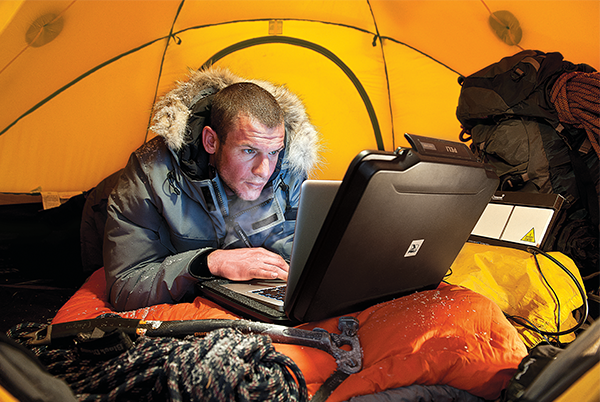


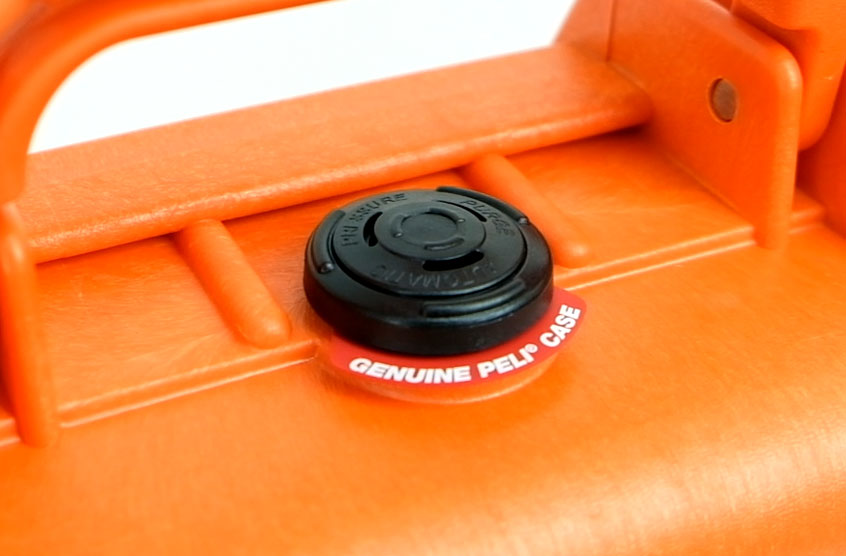
.png)





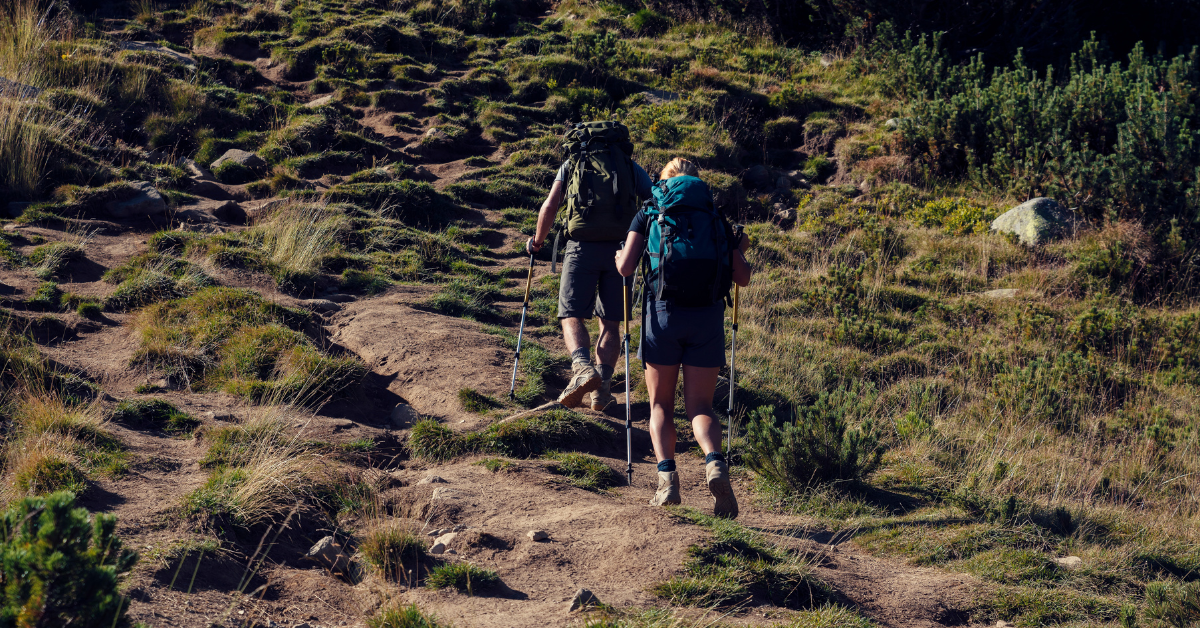
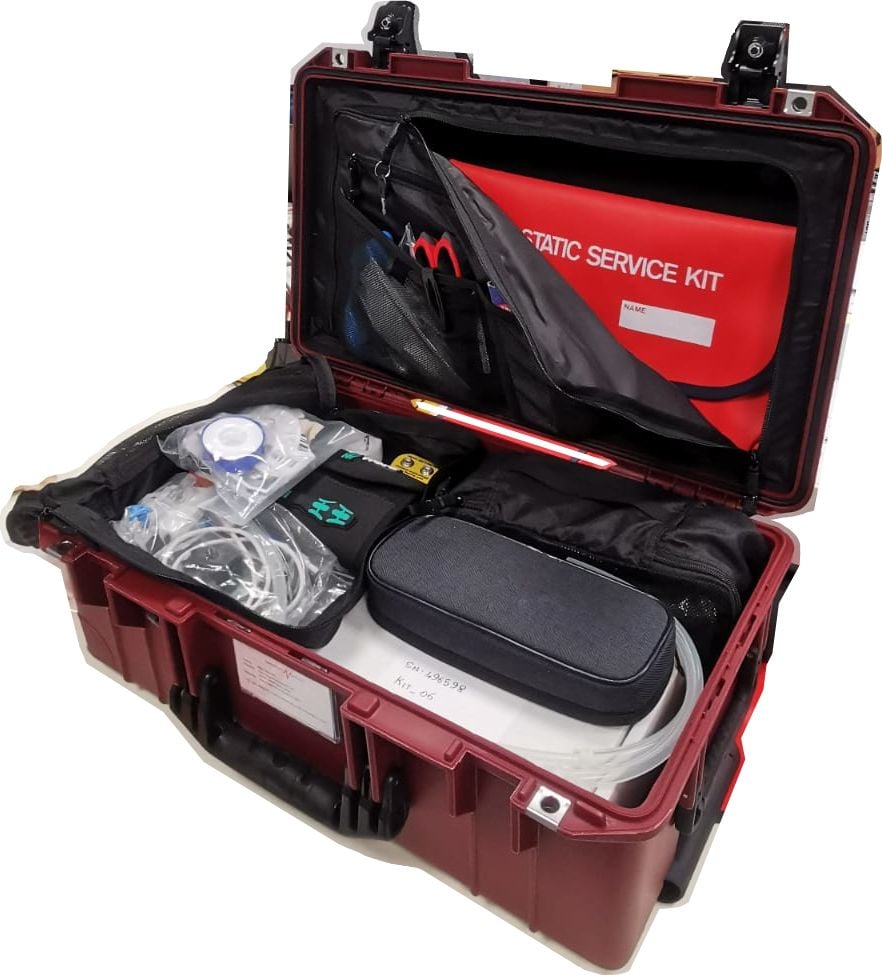
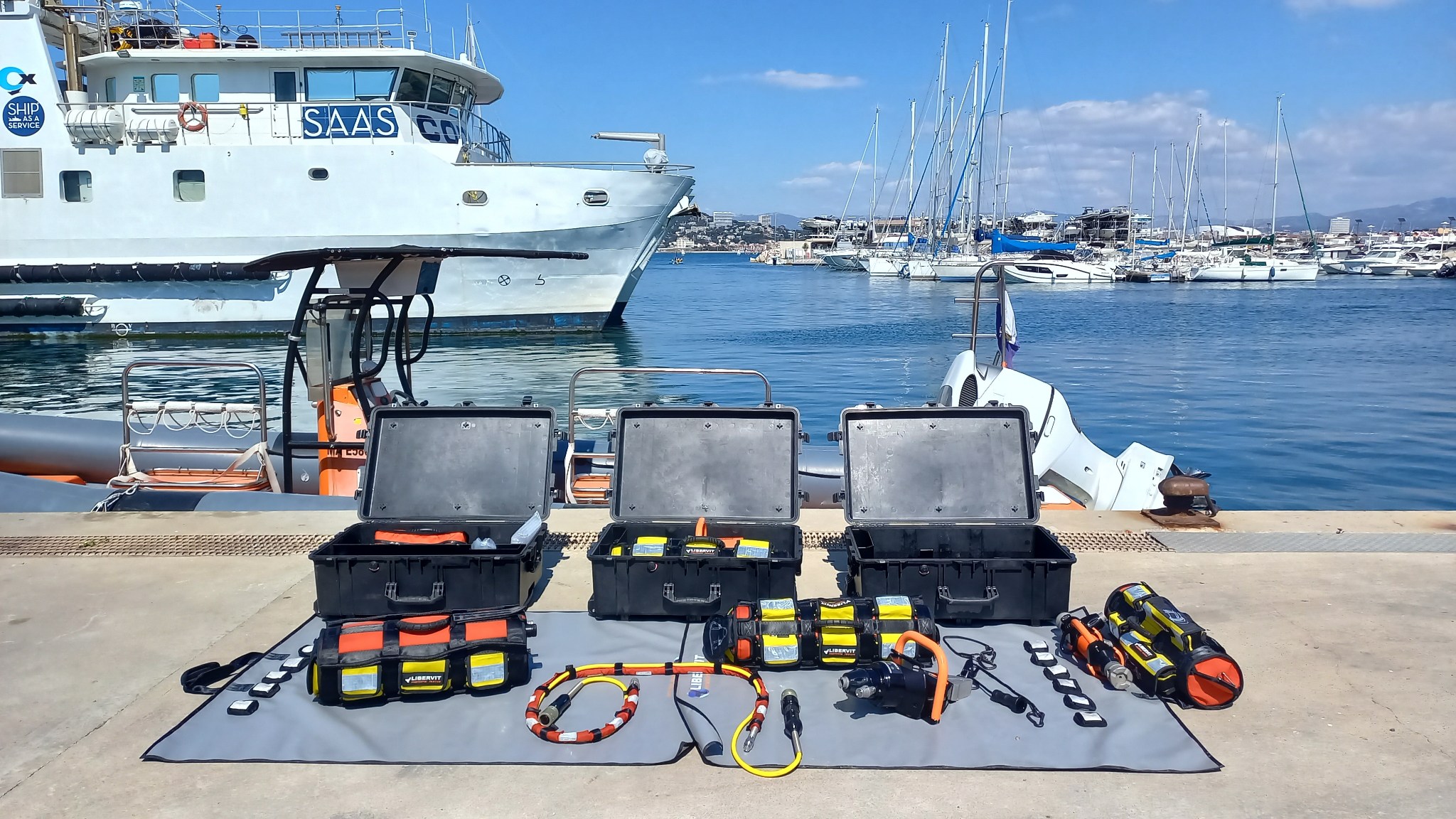
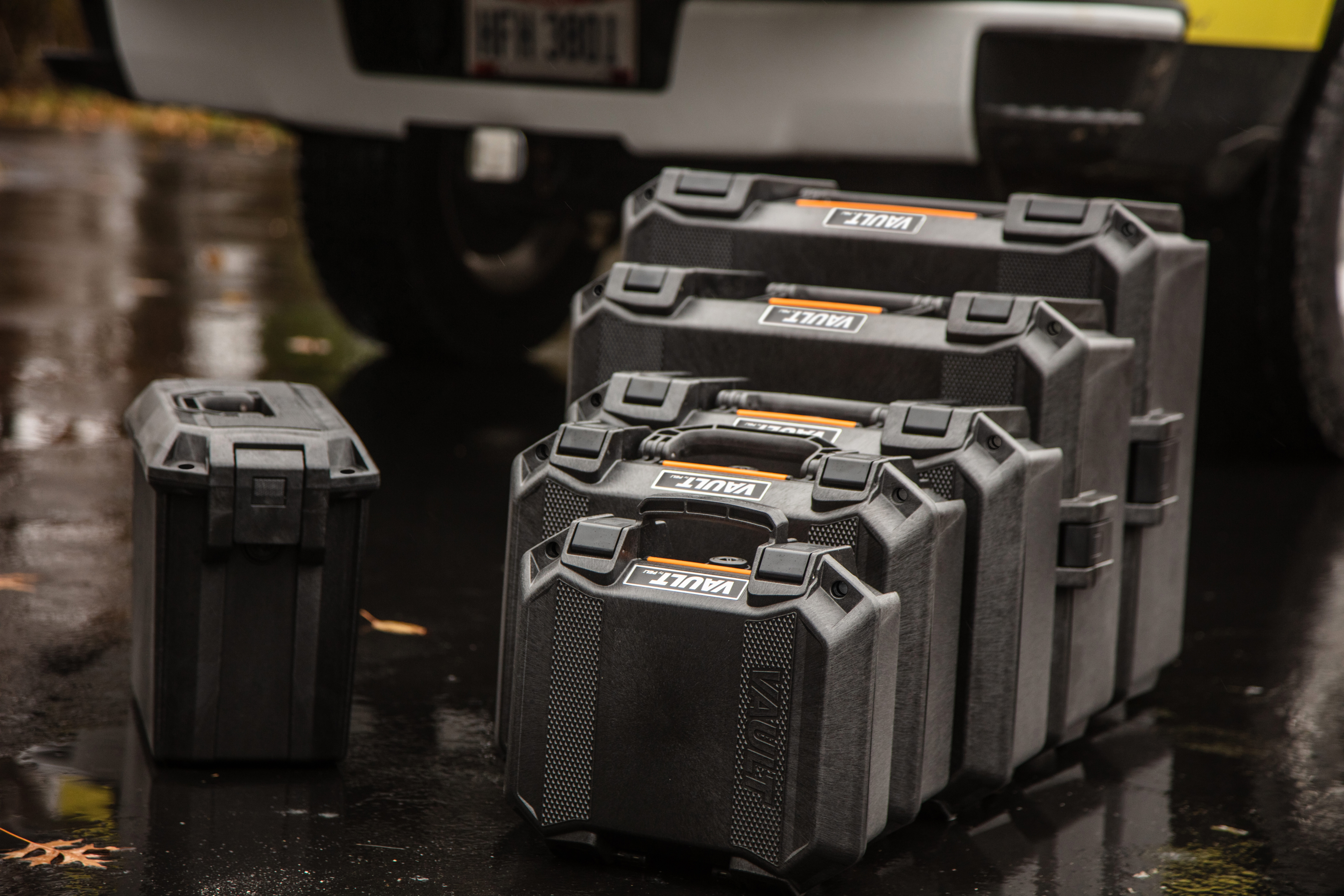
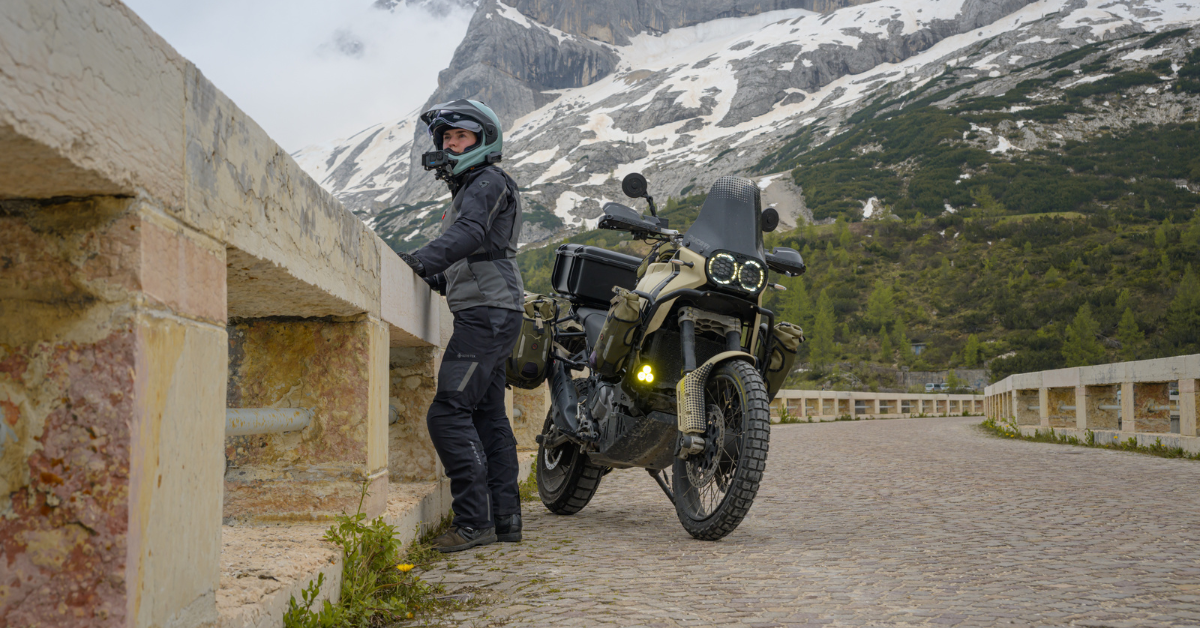
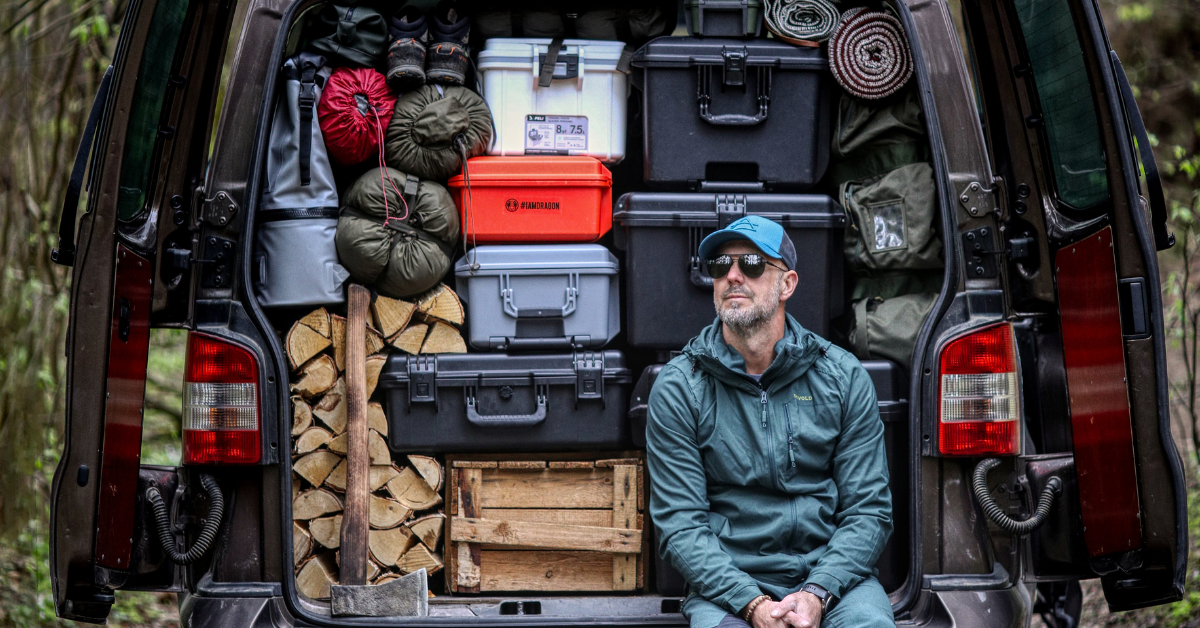
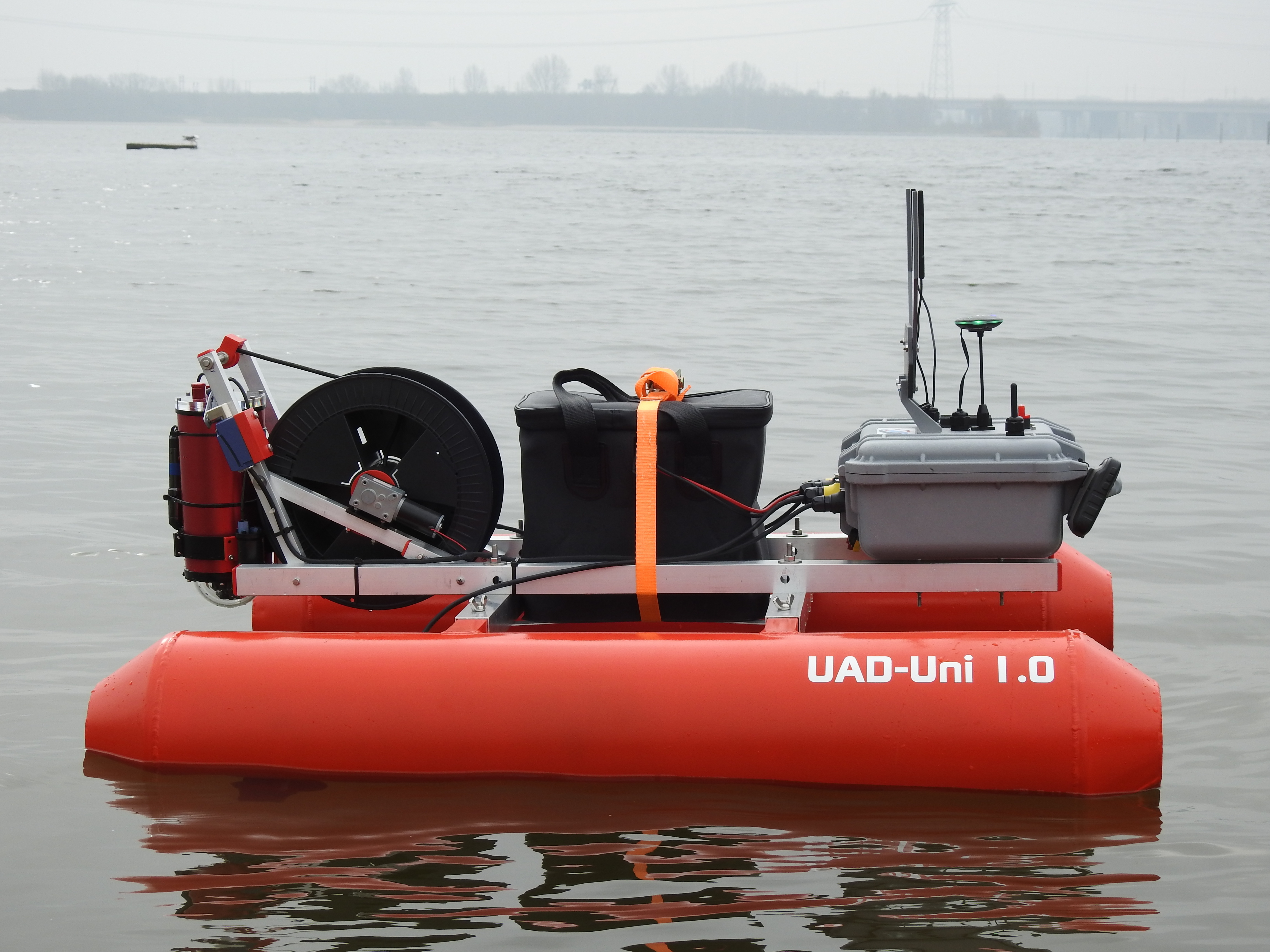
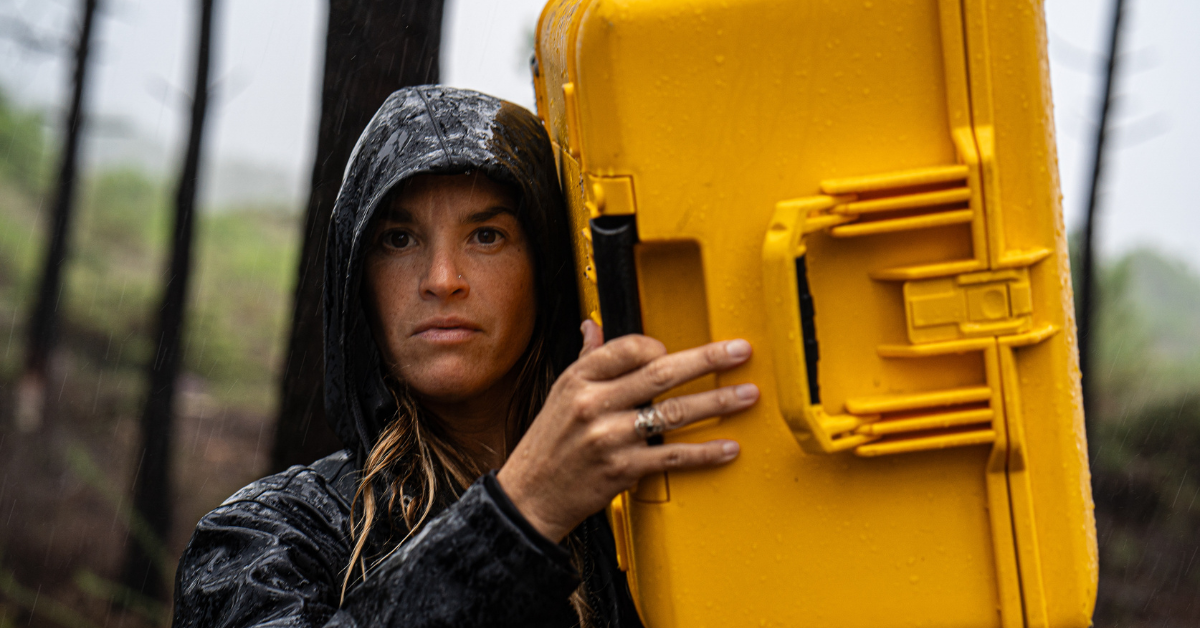
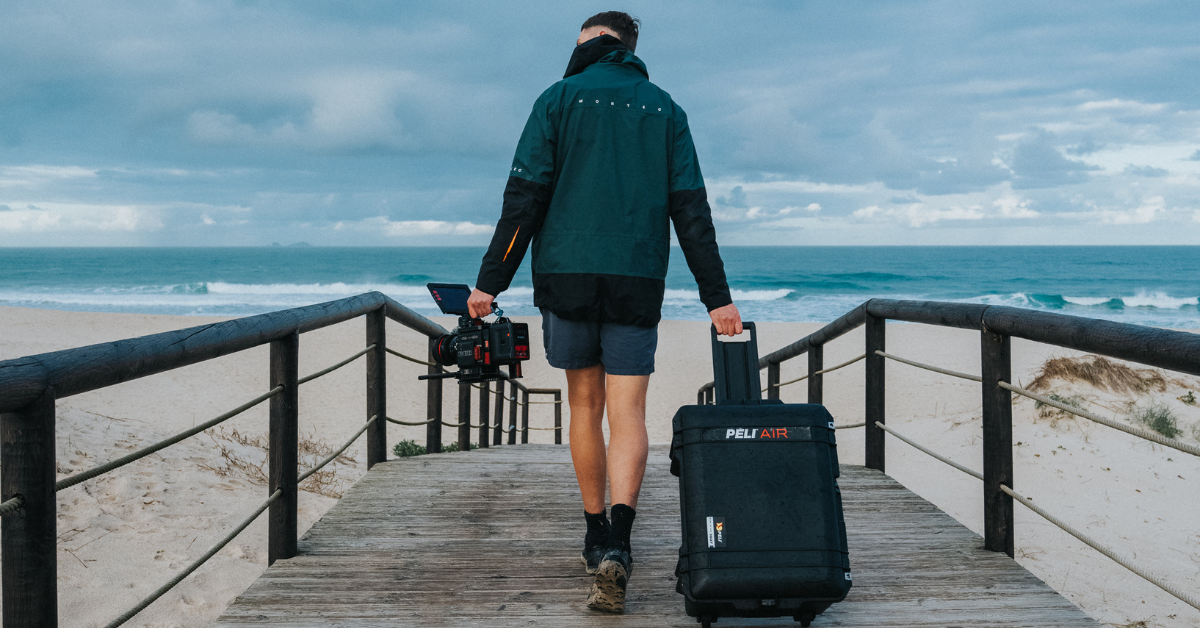
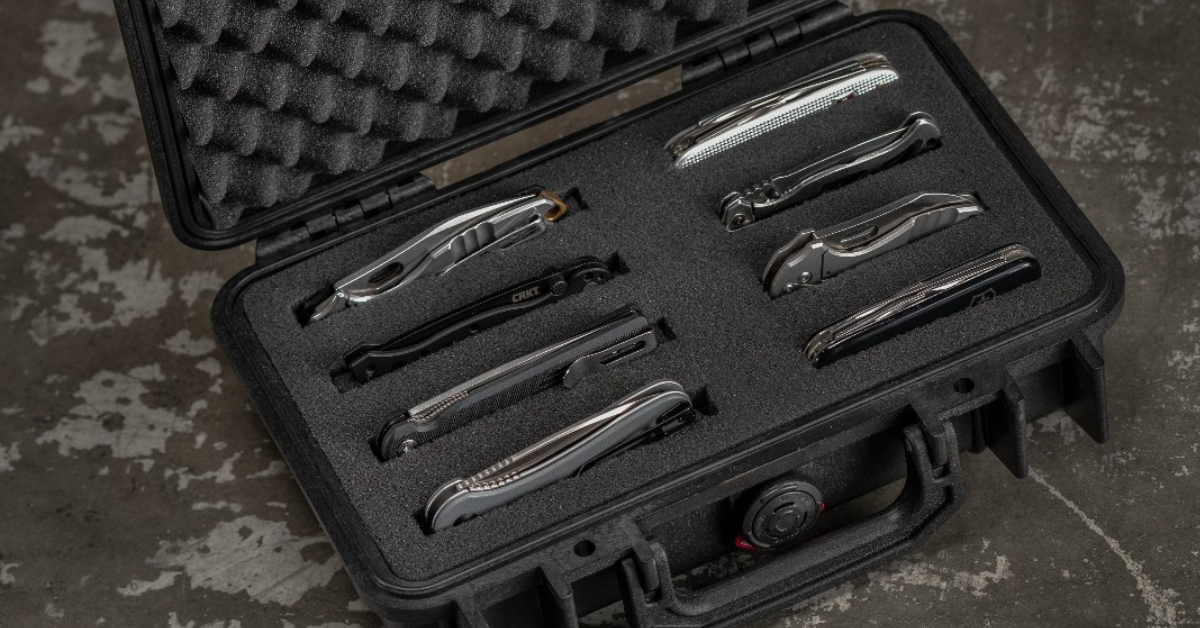
Post a comment